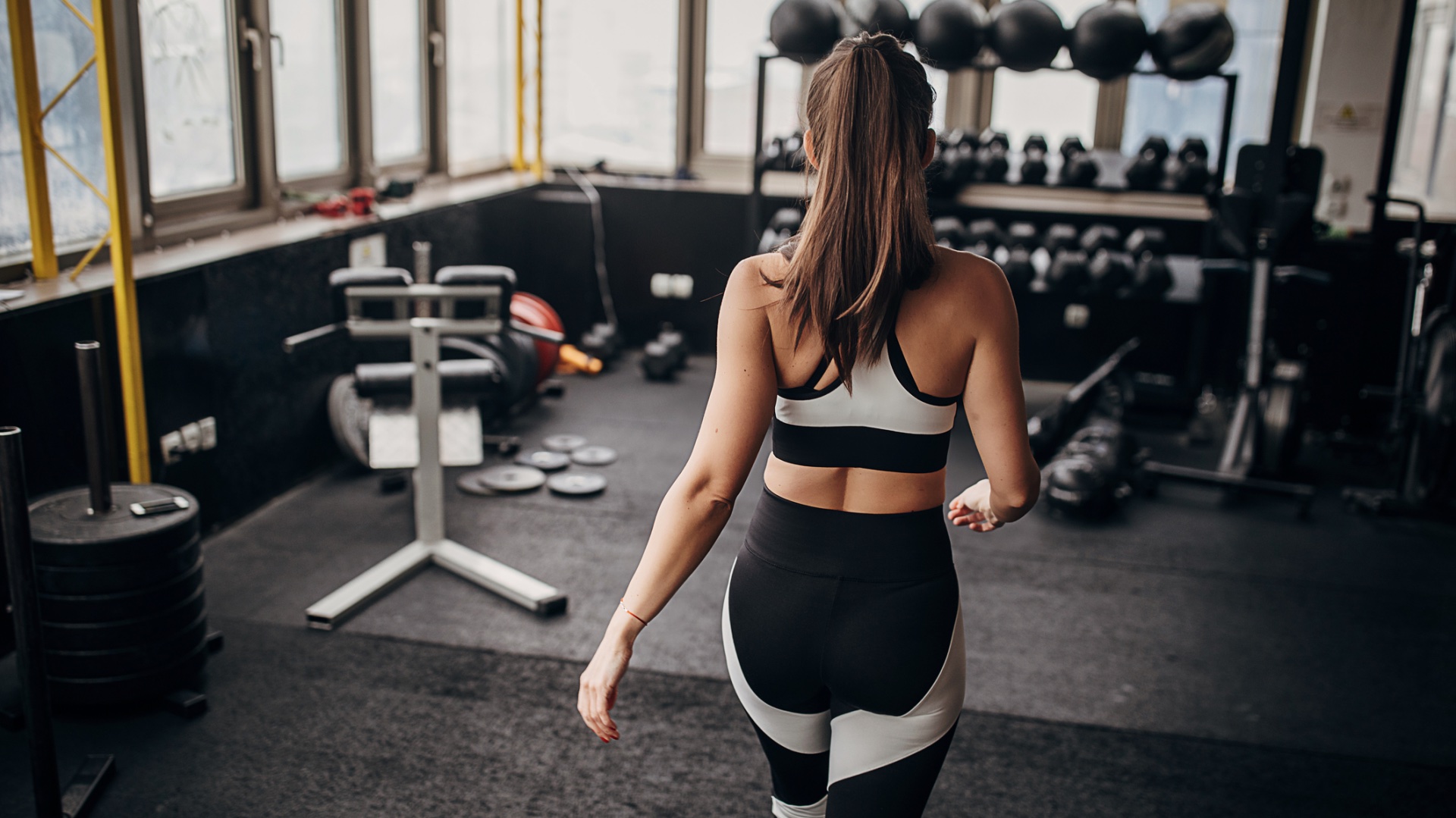
Are you an avid gym-goer who loves a good weights sesh but doesn’t have time for cardio? Great, but it might be that you’re not getting in your recommended dose of weekly cardiovascular activity.
Upping your step count is one sure-fire way of doing this. And while the 10,000 daily steps goal is the general rule of thumb for keeping on top of physical health, some studies have suggested that logging as little as 7,000 daily steps can still go a long way toward bettering your health.
According to results recently published in the JAMA Network Open, people who walked at least 7,000 steps a day were 50-70% less likely to die of any cause over the next decade than those who took fewer steps.
So how do you achieve this if you only have enough time per day to complete your scheduled resistance training? Brock Ashby, a body transformation coach, PT and fitness influencer with almost 250,000 followers on Instagram, has a simple answer.
In a recent Instagram post, Brock says instead of sitting on your phone waiting for your next set, use your rest periods as an opportunity to get your step count up.
A post shared by Body Transformation Coach (@brockashby)
A photo posted by on
"A rest period is a rest period, and the focus of it, obviously, is to rest - but if you usually sit on your phone during rest periods, get up and move," he recommends in the post. "You can still be on your phone, doing whatever you need to do, but walking around will help you be more physically active."
This, he claims, could up your step count to an extra 2,000-4,000 per day. "If you struggle to get your steps up throughout the day because you have a sedentary job, this can be a good strategy to get your steps up," he adds.
Sign up to the T3 newsletter for smarter living straight to your inbox
Get all the latest news, reviews, deals and buying guides on gorgeous tech, home and active products from the T3 experts
Of course, you can still go for a run or a jog if you want to increase your daily step count, but that will always be an extra effort, as opposed to Brock's method, which sneaks in additional steps without the effort. Depending on what workout you like doing, you can still wear running shoes for activities or use workout trainers/cross-training shoes.
Lee Bell is a freelance journalist & copywriter specialising in technology, health, grooming and how the latest innovations are shaking up the lifestyle space. From national newspapers to specialist-interest magazines and digital titles, Lee has written for some of the world’s most respected publications during his 11 years as a journalist.
